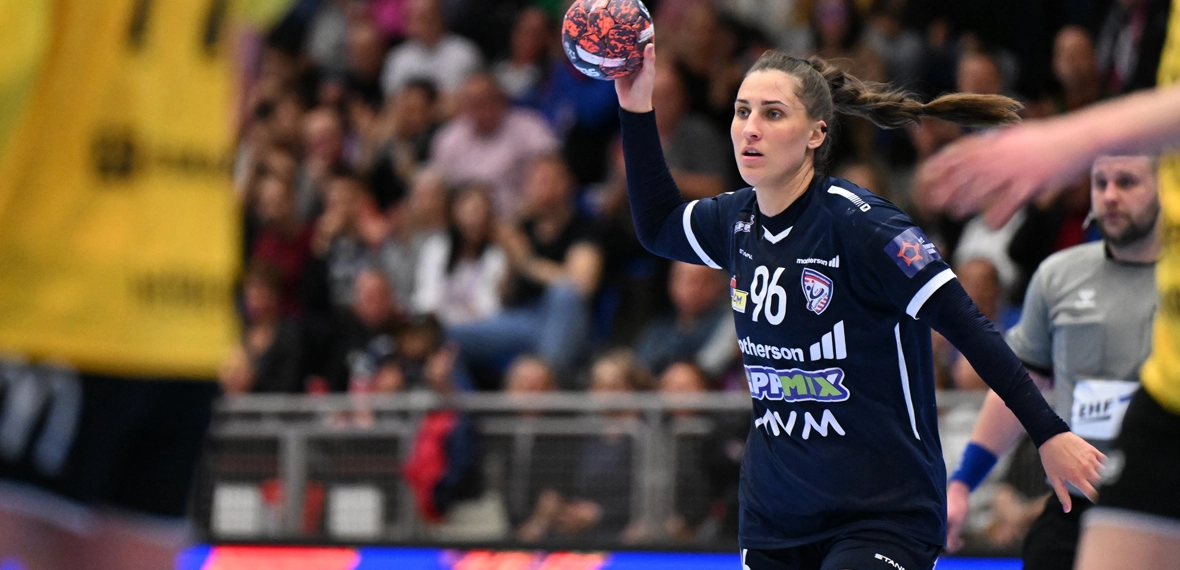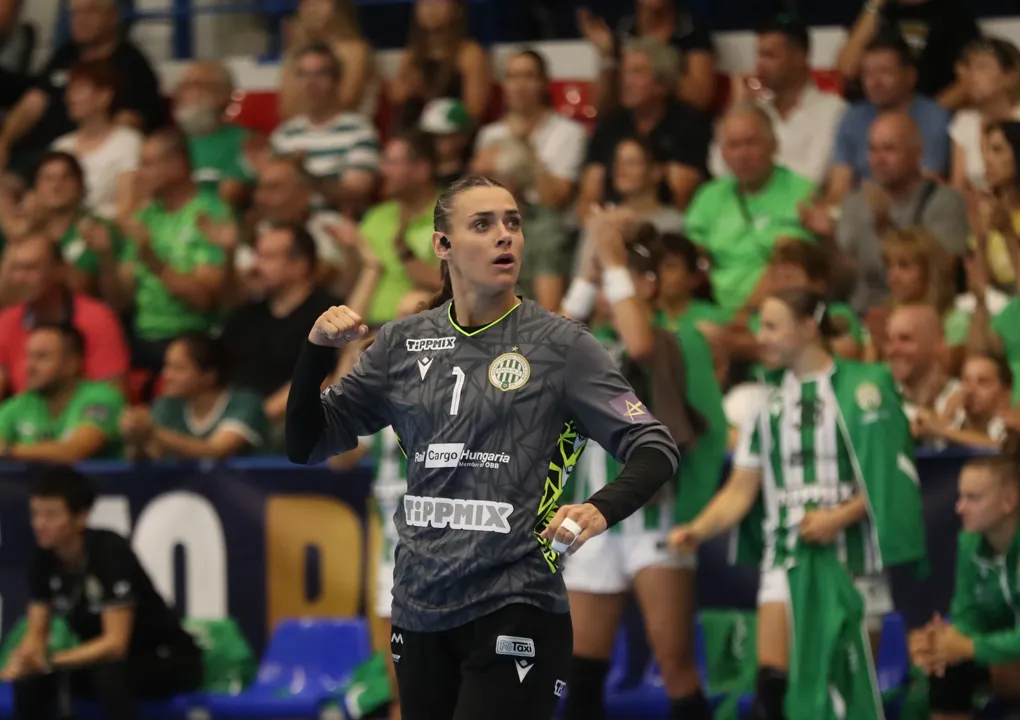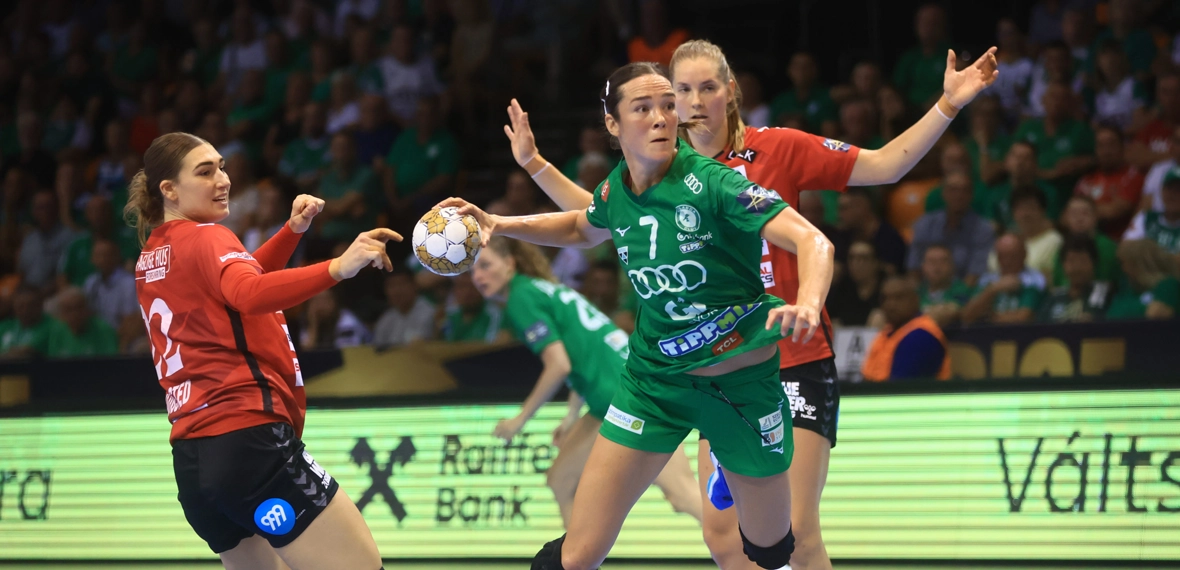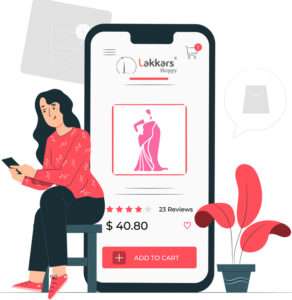
The Hungarian women’s league became a story of success
At both club and national level, handball is the top women’s team sport in Hungary. Teams such as Györi Audi ETO KC and FTC-Rail Cargo Hungaria have been key players in the EHF Champions League Women for decades; Györ are the record and defending champions with six trophies, and in 2023 both clubs were part of the EHF FINAL4 in Budapest.
Hungary are again top of the current ranking list of the EHF Champions League Women, and three Hungarian sides have started the EHF European League Women competition this season.
This means the Hungarian Women’s Handball League itself is in the spotlight. In this exclusive interview, the league’s president Imre Balássy reveals its secrets to success.

Handball has a long and successful tradition in Hungarian sports – does it make things easier for the league to promote women’s handball?
Imre Balássy: Handball, and women’s handball, has a long tradition and a successful past in Hungarian sports life. The sport is popular both at club and at national team level, and many fans watch domestic and international matches every week. National team matches in Hungary are usually held in front of full stands.
We are proud of the positions achieved in the European competitions; last year two of our club teams reached the EHF FINAL4 Women, and this year Györ won the EHF FINAL4 for the sixth time in 11 years and became the best team in Europe and the world again.
Both our women’s and men’s national teams made it to the Paris 2024 Olympic Games, and our junior national teams are successively winning medals at various world and continental competitions. In 2024, Hungary became first in the EHF YAC ranking based on the results achieved.
The federation, the clubs and all the people working in handball have done an incredible amount of work to accomplish this overall success and positive perception. Handball is a successful product in Hungary that – from a marketing point of view – rightly attracts the interest of economic actors, institutions and organisations related to sports in any way.
What is the master plan to support the clubs which play in the Hungarian women’s leagues?
Imre Balássy: The women’s teams in the professional league are completely independent and try to provide the best conditions for their coaches and players to achieve the most successful performance possible. The management of each team is continuously controlled by the national federation through a monthly monitoring procedure.
The clubs of the first division have only one common sponsor, Szerencsejáték, which bought the marketing rights taken away from the teams by the Hungarian Handball Federation and saw the success of the sport as a business opportunity for a transparent and strong appearance in the sport of handball.
The financial compensation received for these marketing rights is divided according to efficiency and professional aspects based on the criteria developed and accepted by the League Association. For most of the league’s teams, this system, which has been in place for several years, provides a solid basis for operation, and due to the transparent system of criteria, it gives predictability and plannability.
How is the league supporting clubs through common promotion, website, social media and so on?
Imre Balássy: Based on the legislation defined in the Sports Act, the professional league in Hungary can only operate within the framework of the Hungarian Handball Federation, and the League Association is an organisation within the federation. In recent years, professional teams have developed a need for a real representation, where through closer cooperation and providing real content, they could better fulfil their rights defined in the statutes within the framework of the federation.
As a result, the League Association does not have its own image other than incorporated in the federation’s corporate identity. The clubs appear in social media with independent marketing, but there is always complete unity in one matter, and that is the national team. The Hungarian Handball Federation strives to create an image and appearance based on a uniform basis at the level of the clubs as well, which for the time being was formulated as a recommendation for the teams.
Are there any target groups you want to reach?
Imre Balássy: Our fundamental goal remains to improve the competitiveness of clubs – in the areas of predictability, planning, and transparency, as well as the protection of the internal market, thereby preserving our values. It is extremely important to maintain the competitiveness of handball and further increase its popularity both internationally at the national team and club level, and domestically compared to other sports in Hungary.
Keeping and increasing the existing fan base is our basic task, as more and more sports in our country want to be more successful and there is a big battle among sports for fans. Since there is a lot of competition in sports, handball clubs every year have to pay more attention to recruitment and retention of youth players, who provide the background to a sports organisation.
Success is very much needed to maintain the popularity of the sport. It is a huge progress, and thanks to all the club leaders for showing self-restraint and voting for decisions that served the interests of Hungarian handball. It was possible to put the interests of the members and thus of handball as a whole before individual interests.
How do you see the development of the Hungarian Women’s Handball league in recent years?
Imre Balássy: We can definitely be proud of the international club successes of recent years. Györ and Ferencváros have been regular participants in the EHF Champions League for years, and last season, DVSC Schaeffler were also able to compete among the best and also qualified for the play-offs. The EHF FINAL4 Women, which was held in Budapest for the 10th time and ended with the victory of Györi Audi ETO KC, was a real handball celebration for us, with huge interest in Budapest. In addition, two or three of our teams always play in the EHF European League.
The level of the domestic women’s championship has stagnated in recent years, but the results of this year’s championship so far clearly indicate that behind our two internationally outstanding teams, the balance of power has equalised concerning other teams in the championship. I am very confident that this will lead to a further rise in standards, which is extremely important from the point of view of the success of the national team.
When you compare the Hungarian Women’s Handball League to other team sport leagues in your country, what is the significance and public interest?
Imre Balássy: We can clearly state that women’s handball is the most popular and successful team sport among women’s sports in Hungary. The aim of the joint thinking and cooperation of the federation and the league is for Hungarian handball to maintain its position in the domestic sports scene, like behind and alongside football remain the most popular and successful sport. The television ratings of the top teams are very high compared to other sports.

Are there certain rules and regulations imposed by the league on participating clubs, such as a minimum budget or arena infrastructure?
Imre Balássy: The participation of professional teams in the league system is subject to a licence, which sets standards for them in many areas. The federation introduced the club monitoring system two or three years ago to filter out from the system poorly or irregularly managed organisations and exclude irresponsible promising teams.
Every month, the clubs send a report and information to the relevant committee of the federation, where the monthly economic operation is checked for each team. There has already been an example of a professional team not being approved for the upcoming league season. There is another element of the licensing process that requires the technical compliance of sports halls used by teams to host first-league matches. The minimum parameters that the facilities must meet if the teams want to host their home matches in them have been determined: number of spectators, number of changing rooms, size, lighting intensity, etc.
How satisfied are you with the financial structure of the clubs – like sponsorship deals or number of spectators?
Imre Balássy: The teams manage this individually, according to their own objectives. The league has no say in this and that’s fine. To ensure the safety of the sport, the association controls the management of the teams.
How important are full arenas for media success?
Imre Balássy: Unfortunately, we are not yet at the point where every team’s home match receives the “sold-out” award. Regardless of this, the viewership ratings of the championship are at the top among sports. Spectators are also important from the point of view of media interest.
Those sports-loving fans, who, for various reasons, cannot watch the sporting event at the venue, will mostly be the consumers of the media, thus the indirect measurement of the popularity and marketability of a team. This interest is at a serious level in the leading teams and in some regional locations, but we still need to move forward on this issue. Basically, the increase in the standard of the championship and the successful performance of the domestic team is what enlarges the interest of people and the media.
How important is the international success of the women’s national team and the clubs in EHF competitions for the development of the league?
Imre Balássy: The success of the national team and the teams participating in European competition contributes to the popularity of the sport. Here, the international performance of our club teams is more successful than that of the national team. Most of the top teams feature foreign players, but in recent years there are more and more teams where young, talented, preferably self-educated Hungarian players play a decisive role.
In light of the national team’s performance, this is glorious only if it leads to an increase in the level of the championship when intense, hard-fought matches become predominant. In my point of view, we had moved away from a stalemate situation and we have a high-quality, sharp, strong league in a European comparison. Great credit goes to the federation and the clubs, that parallel to the emergence of world-class top teams, the championship could maintain the standard and did not fall into the ranks of the one-team countries operating without a real championship.
What are your plans to raise the level of interest and success for the coming years?
Imre Balássy: It is necessary to ensure that the talents coming out of the “supply chain” have a path and the opportunity to successfully integrate into senior handball and not get lost. It is a permanent problem whether we build an effective team with complete players or give opportunities to young talents, which is usually at the expense of the result, and discourages the support of a team.
That is why it was a milestone that the federation entrusted the distribution of the income from abstract marketing and audiovisual rights to the League Association because the defined distribution principles we use allow the club managers to calculate the income of the next championship season, taking into account the overall effectiveness. They can decide whether they are thinking in the short or medium term and can choose which player policy to pursue.
I see that most of the teams have changed their short-term thinking and are using the opportunity to start thinking in the medium term, taking into account their current financial possibilities. It is true that sometimes, unfortunately, they also turn in this direction out of financial necessity. I think that there are enormous unused reserves in the youth, which is clearly shown by the international successes of the national teams. The future must be built on these successes and our youngsters and, if possible, helping manage well their careers and adjust the goals of each team to this. It is necessary to create a balance between successful performances and the integration of talents, with responsibilities adapted to the financial possibilities of the teams.

Ms Jung So-min is an Author from south Korea for Lakkars Magazine she is the Head of East Asia.


